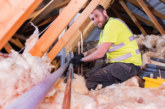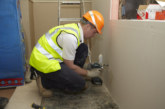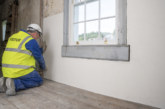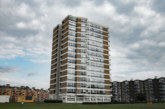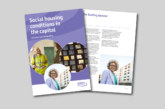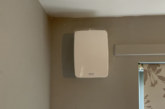Excess atmospheric moisture affecting housing stock is something all professionals in the sector have come across — but do we give enough thought to its causes and effects? Steve Hodgson, Chief Executive of the Property Care Association, gives advice on the key factors.
Last year, The Property Care Association spoke to the property sector generally about an emerging trend it has been tracking across the UK. Many of the PCA’s 400 members report that they are seeing a change in the properties they attend — encountering higher levels of humidity and wetness indoors.
From their work in the field and the input from researchers and other groups the PCA has been working with, it’s clear that a range of factors associated with modern living and the way homes are occupied have contributed to this rise. These include increased levels of occupation and rising fuel costs. The changing climate patterns, featuring warmer, wetter weather, are also of significance. Finally, the drive to make homes more energy-efficient, including efforts to reduce air leakage through draught proofing and retrofit insulation, must also be considered.
Reducing heat loss in homes is in part achieved by stopping heat escape through openings and gaps in the building fabric. Retrofit insulation, draught exclusion and high-performance windows all achieve this brilliantly. However, unfortunately, those same gaps that gave rise to heat loss also take away excess airborne moisture.
As well as the intended consequences of retrofit insulation in walls, roofs and floors there can be some less desirable consequences. In buildings where retrofit insulation has been installed incorrectly, or inappropriately, there is an increased risk of problems associated with dampness.
Atmospheric moisture
The cost of energy used for heating buildings is increasing. When people understandably take the decision to use less energy for heating they can reduce the capacity of the air to hold the water created by occupation. The consequences of sporadic, uneven or inadequate heating can lead to issues associated with elevated Relative Humidity (RH), the amount of water held in the air expressed as a percentage of its capacity to do so.
This figure is dependent not only on the amount of water in the air as a vapour, but by the temperature of the air at any given time. Mould growth typically occurs in a building at around 65 to 95% RH and from 5˚ to 40˚C — with the optimum conditions somewhere in the middle.
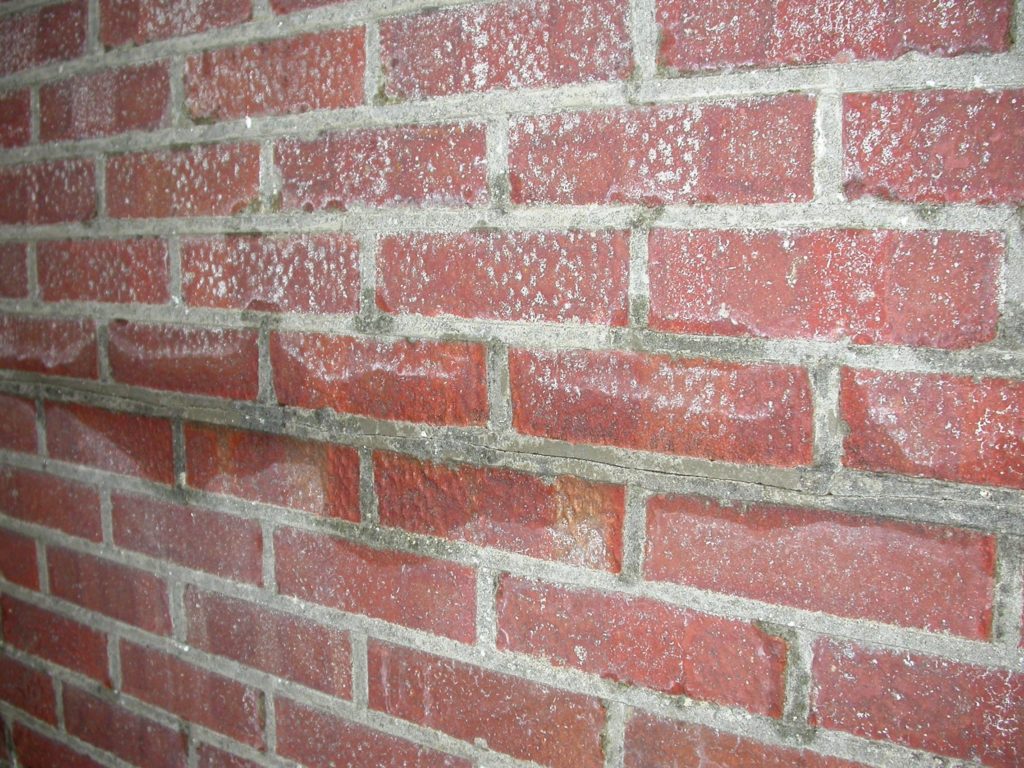
Rainwater penetration
There are situations where the internal walls of the building have become wet because of water transfer from outside. In well-constructed cavity wall buildings, even those in exposed locations, rainwater penetration is uncommon. Where it does occur, the cause can usually be traced to wind driven rain in association with either construction defects such as missing seals, bad detailing or solid objects such a steel or masonry lintels, debris, ducting, or other obstructions directing running water across the cavity or providing a vector for its transfer as capillary moisture.
Products used in traditional forms of cavity wall insulation materials will seldom result in reducing the effects of wind driven rain. More commonly their presence will introduce another vector to its transfer — and the structure of the insulation will often encourage the retention of unwanted moisture and reduce natural drying. Insulation that has been installed into cavity walls exposed to high levels of wind driven rain could be described as inappropriate, with the potential to be problematic.
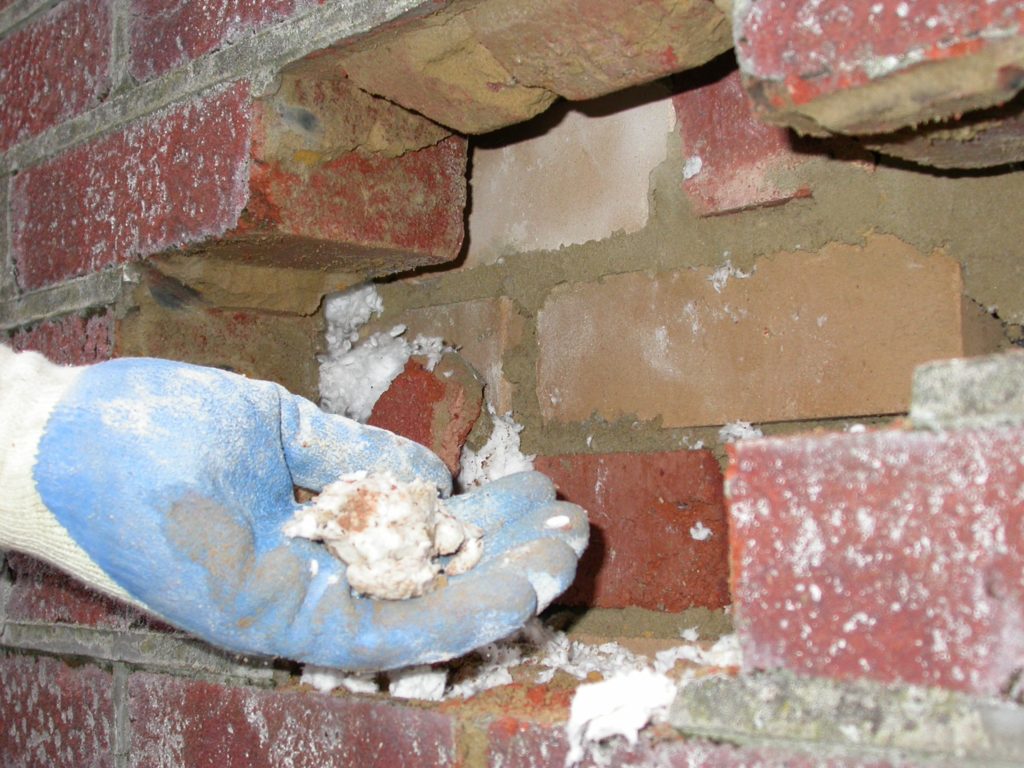
Diagnosis
As well as considering concerns associated with external water penetration into a property, we also need to look at changes in occupation, measures to improve energy performance and the rapidly rising cost of fuel, all of which are having a significant effect on the way water created within the building is managed and regulated.
One of the best and most effective ways to tackle the issue is effective ventilation. Social housing professionals faced with mould problems in older housing stock can still struggle to find practitioners able to provide detailed diagnostic evaluation, followed-up with accurate advice on improving ventilation. A clear understanding of the building based on accurate diagnostics investigations and a knowledge of why the house is in moisture imbalance is critical.
Any improvements to ventilation must draw on and complement the building’s ability to handle moisture as well as the needs of the occupants. These factors are critical if a property is to be kept permanently mould free. As such, the PCA created the new Residential Ventilation Group (RVG) as a sector of membership offering professionals who can understand properties’ internal environments and specify ventilation measures accordingly.
Raising awareness
The PCA developed a qualification for those involved in damp diagnosis that has evolved into the Certificated Surveyor of Dampness in Buildings (CSDB) qualification, which focuses on giving participants a comprehensive insight into the key factors relating to moisture in buildings. It addresses subjects including building construction, diagnosis, atmospheric moisture and rainwater penetration.
More details on CSDB can be found here.
More details on all other PCA training, including a downloadable prospectus, are available here.


